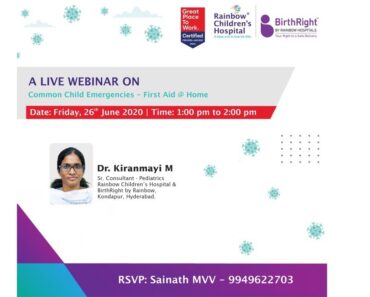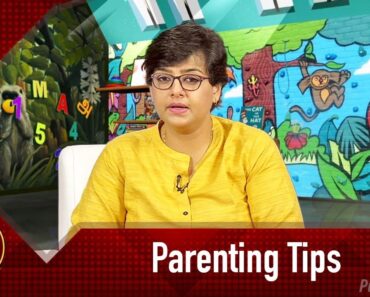Image: Shutterstock
Candida is a type of yeast that is usually harmless and resides on the skin and in the mouth, digestive tract, and vagina. Yeast overgrowth due to certain conditions leads to fungal infection (1). The medical term for yeast infection of the skin is cutaneous candidiasis. Candida albicans is the most common type of yeast fungus that causes cutaneous candidiasis.
Candida may overgrow in warm, moist, and creased areas, such as the groins, underarms, and under the breasts (2). Yeast skin infection on or under the breasts can be treated and prevented with simple measures.
This post tells all the signs, risk factors, treatment, and prevention of breast yeast infection.
What Are The Signs Of Yeast Infection Of The Breasts?
The lesions of a yeast infection of the breast have the following characteristics (2) (3).
- Bright red patches or rashes
- Pustules around the rash
- One or more patches of different sizes and shapes
- Itchiness
- Stabbing or shooting pain at the rash
- Radiating burning sensation in one or both the breasts
If you notice any of these symptoms, consult a doctor or a lactation consultant to confirm yeast infection and rule out other problems.
Other Skin Conditions With Similar Clinical Appearance
The following skin conditions may cause symptoms similar to those experienced in a yeast infection (4).
- Eczema
- Skin allergy
- Contact dermatitis
- Seborrhea
- Psoriasis
- Cellulitis (bacterial skin infection)
A doctor can help you differentiate between these lesions with the help of necessary tools and tests.
Causes And Risk Factors Of Breast Yeast Infection
Fungal infections, including yeast infections, fundamentally occur when the fungus receives favorable conditions, such as a warm and moist environment, to thrive. Another leading cause is a poor immune response, often due to hampered immunity since the immune system keeps fungal growth in check.
The following are the commonly identified causes and risk factors of a breast yeast infection (2) (3) (4) (5)
(6) (7).
- Poor hygiene
- Tight clothing or synthetic clothes
- Ill-fitting shirts and bras
- Infrequent undergarment change
- Excessive sweating due to conditions, such as hyperhidrosis, or hot and humid weather
- Obesity
- History of vaginal yeast infection
- Type 2 diabetes
- Weak immune system
- Existing fungal infections
- Medications, such as steroids, antibiotics, and chemotherapy drugs
- Women with larger breasts may have more skin folds, causing more sweating under the breasts
A doctor diagnoses most cases of yeast infections of the breast through visual examination. The doctor may scrape a part of the lesion and use the potassium hydroxide (KOH) preparation test to confirm the presence of fungus (8).
Treatment For Yeast Infection Of The Breasts
The treatment of yeast infection depends on the location and severity of the infection. Topical applications of antifungal drugs as powders, creams, and solutions, are most commonly prescribed.
The following are the commonly used drugs for fungal infections (1).
- Miconazole
- Clotrimazole
- Oxiconazole
- Ketoconazole
- Econazole
- Ciclopirox
- Nystatin
- Fluconazole
Lactating mothers of exclusively breastfed infants may be prescribed lactation-safe oral antifungal medicines to prevent the risk of the baby ingesting the topical medication. You may also express and store the milk to feed your baby before applying a topical medicine on the breasts.
Maintenance of good hygiene is also essential to weaken and subdue the spread of the fungus. If fungal infection results from underlying conditions, such as a weak immune system or type 2 diabetes, the doctor may refer you to a relevant specialist. Correct management of the underlying risk factors accompanied by antifungal medication can cure yeast infection in three to four weeks.
Prevention Of Yeast Infection Of The Breasts
The following steps may help prevent yeast infection of the breasts.
- Maintain optimal hygiene
- Wash the skin under your breasts with soapy hot water during a shower
- Give breasts ample time to dry before wearing a bra
- Avoid wearing an ill-fitting bra that restricts airflow
- Give yourself bra-free time at home whenever possible
- Wear clothes of breathy fabrics, such as cotton and linen
- Avoid wearing very tight clothes
- Do not be in wet or sweaty clothes for too long
- Change your breast pads frequently
- Try to maintain your body weight in the healthy BMI range
- Maintain your blood sugar levels if you have diabetes
- If you are on any medicines that suppress immunity, such as steroids, ask your doctor if you need preventive antifungal medications
How Is Thrush Different From Yeast Infection Of The Breasts?
Thrush is also caused by the candida fungus, which is a type of yeast fungi. However, thrush only affects the nipple, while yeast infection (cutaneous candidiasis) affects the skin of the breasts. Yeast infection of the breasts may spread to the nipple to cause thrush, especially if a breastfeeding mother has sore or cracked nipples (9). A mother may also develop thrush if her breastfeeding baby has oral thrush. The condition is also treated with oral or topical antifungals. You may read more about thrush here.
Yeast infections of the breasts can be prevented by maintaining good hygiene and taking optimum precautions. Recurrent yeast infections should be thoroughly investigated. If you suspect a yeast infection on your breasts, contact your healthcare provider. Early treatment can help you with better results.


































